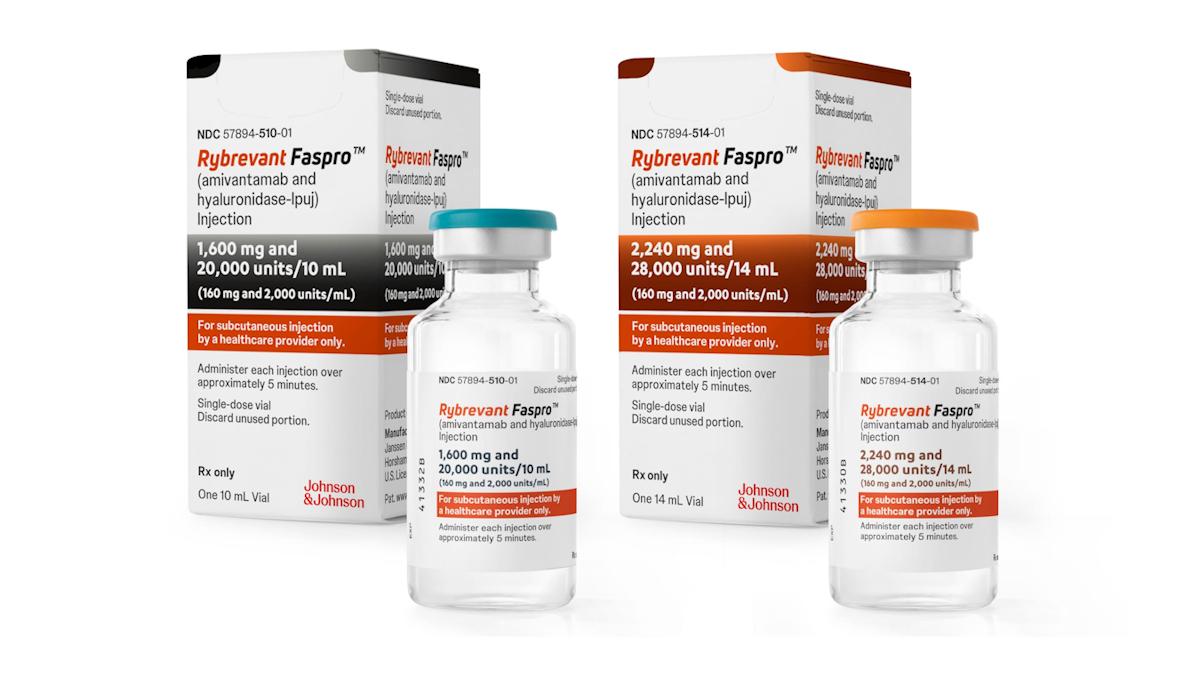Novo aims for GLP-1 sales growth in China

China represents an untapped market for GLP-1 class diabetes drugs, according to Novo Nordisk, which is predicting "good momentum" for its already-approved Victoza, and its successor semaglutide.
With Victoza already approved and semaglutide under development, Novo Nordisk is one of several companies that have pioneered the use of GLP-1 class drugs to help control blood sugar in type 2 diabetes over the last decade.
According to the World Diabetes Atlas there are around 110 million people with diabetes in China, and this figure is set to rise to more than 150 million in 2040.
As a region, South East Asia also has one of the highest proportions of undiagnosed patients – and all this points towards strong demand for diabetes drugs and insulins as the century progresses.
Victoza is competing against several other companies in the GLP-1 market, including AstraZeneca's Bydureon, which has a patient-friendly weekly injection, compared with daily Victoza (liraglutide).
AZ has signed commercial rights to Bydureon and daily formulation Byetta (exenatide) over to 3SBio in China, and there is also a three-times daily GLP-1 competitor already approved by China’s CFDA.
But the strongest challenge is expected to come from Lilly's weekly GLP-1 drug Trulicity, which analysts Evaluate Pharma predict could overtake Victoza as the biggest selling GLP-1 by 2022.
Evaluate forecast Trulicity could reach $3.56 billion in global sales by then, just ahead of Victoza. However MSD's Januvia/Janumet franchise will still be the biggest selling diabetes treatment, thanks in part to its convenient oral formulation.
Novo Nordisk has less than 1% of the possible market and despite the competition expects a strong performance from Victoza, and semaglutide if and when it gets approved.
And with the weekly semaglutide GLP-1 in development for the Chinese market, Novo hopes to make inroads in the same way it has in Europe and US – where respectively the company had around 66% and 56% of the GLP-1 market last year.
Breaking into China
On the regulatory side, future drug development could become faster and less time consuming because the country’s CFDA regulator has dropped a requirement for clinical trials conducted exclusively in China.
Instead it will approve drugs based on late-stage trial data as long as it includes patients from China, along with the rest of the world.
Camilla Sylvest, senior vice president for China region, told a telephone press briefing: “We are just getting into the GLP-1 market in China. That means we are probably where we were in 2010 in Europe. There will be a good momentum for Victoza in the coming years. We also hope to get semaglutide on the market.”
“There is a very big opportunity to bring many more patients under control.”
But there are challenges. While Novo Nordisk was not affected by the notorious bribery scandal that engulfed GlaxoSmithKline and Novartis, China’s healthcare system needs investment in medical workforce and infrastructure.
Sylvest also noted that due to intellectual property laws in China, a product's patent protection is often much shorter than in Western countries.
“There is a huge potential but that potential of course requires enough capacity to treat patients and enough capability. These are some of the hurdles along with general public awareness,” she said.












